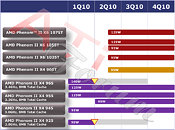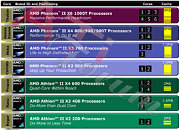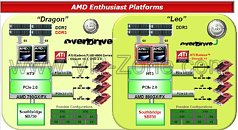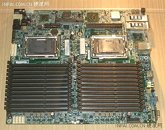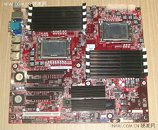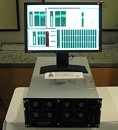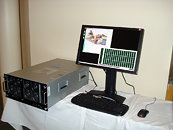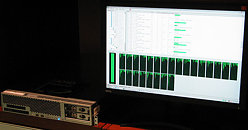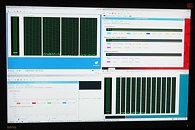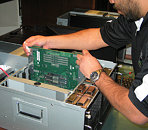IO Interactive Establishes New Studio in Istanbul, Initiates Recruitment Drive in Türkiye
We are excited to announce the opening of our fourth IOI studio in Istanbul, Türkiye. Uniquely positioned in the pan-continental gateway to Europe and Asia, IOI Istanbul is a crucial part in the continued growth and success of IO Interactive.
With a thriving tech and mobile development scene, we identified Istanbul as a region filled with talent that is furiously passionate, development-focused and technically creative. Istanbul is also a city rich in history, offering a strong cultural presence, historic architecture, astonishing Bosphorus views and vibrant and varied culture.
With a thriving tech and mobile development scene, we identified Istanbul as a region filled with talent that is furiously passionate, development-focused and technically creative. Istanbul is also a city rich in history, offering a strong cultural presence, historic architecture, astonishing Bosphorus views and vibrant and varied culture.




